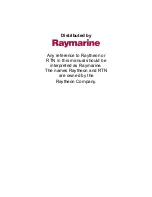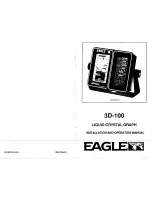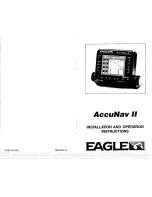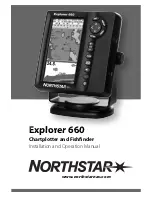
36
Navigation Overview
i
-
P
ILOT
L
INK
N
AVIGATION
O
VERVIEW
i-Pilot Link uses GPS satellite signals as well as digital compass data to know where it is, where it is heading, and the direction the
motor is pointing. Since i-Pilot Link depends on GPS satellite signals for navigation, a minimum GPS signal level of one bar is required
in order for GPS navigation controls to be enabled. Best results are achieved when a GPS signal level of four bars can be obtained.
In simple terms, i-Pilot Link remembers and creates points to navigate your boat automatically. i-Pilot Link also uses a method of
GPS navigation called arrival circles. These imaginary circles allow i-Pilot Link to understand when it has drifted away from a point
and when it has arrived at a point. The size of the arrival circles vary depending on the GPS signal strength, thus the greater the signal
strength, the smaller the arrival circles.
Using i-Pilot Link with the Humminbird Control Head
•
With a connected i-Pilot Link, you can initiate navigation from the Humminbird control head or Link remote, and the i-Pilot Link
will automatically start navigating the boat. Commands initiated from the remote will also be displayed on the SOLIX, ONIX, or
ION.
•
The i-Pilot Link features and menu options are displayed in the Chart View and Radar View, as well as the Chart and Radar multi-
pane views. The following sections in this manual include instructions for the Chart View. The instructions will work the same
for the Radar View, except for Follow the Contour navigation, which is not available in the Radar View.
•
Depending on your model and network configuration, the Humminbird control head uses GPS data from the internal or external
(networked) GPS receiver.
•
Some of the i-Pilot Link navigation functions may override traditional Humminbird navigation menu options. Alarms have also
been adapted to the i-Pilot Link.
•
To use Follow the Contour, a Humminbird LakeMaster Map Card, AutoChart ZeroLine Map Card, or AutoChart Live connection
is required.



































